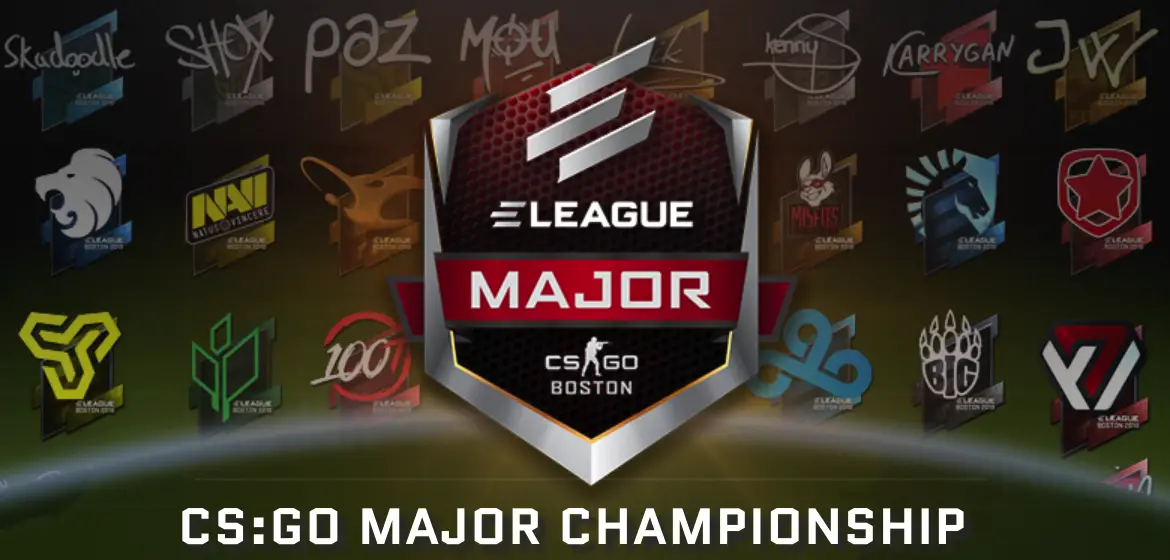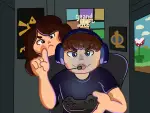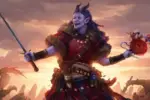To those familiar with the gaming scene, North American Counter-Strike is an old joke. For many years, North American teams struggled to find any kind of success, so much so that even making it to the playoffs of a large tournament was considered a victory in and of itself. However, with the victory of the North American team Cloud9 in the ELEAGUE Boston Major this year, things may be looking up for North American players in the Counter-Strike scene.
Within the last year, North American organization Cloud9 has won multiple large events over many of the world’s top teams. Additionally, OpTic Gaming, another North American organization, won a large tournament and upset the top-ranked team in the world at the time.
The culmination of this shift in trend came on Jan. 27, where the American team Cloud9 defeated the European team FaZe Clan in the $1 million ELEAGUE Boston Major. This marked the first-ever victory for a North American organization in a Counter-Strike Major tournament, after over a decade of being the butt of thousands of jokes.
In 2004, Counter-Strike: Source was released by Valve Corporation as the third game in the Counter-Strike series and grew in popularity gradually over the years. North America as a region was slower than the rest of the world in picking up the game.
As a result, there was very little participation by North American teams or organizations in the Counter-Strike: source tournaments. That slow development in North America (NA) created a significant talent gap, which heavily favored Europe (EU) as a region.
So when Counter-Strike: Global Offensive came out in 2012, North American Counter-Strike was rarely a factor in tournaments, which were dominated by teams from the EU region like Fnatic and Ninjas in Pyjamas (NiP) of Sweden, VeryGames and EnVyUs of France and Virtus.pro of Poland. On the rare occasion that a North American team would make the playoffs of a large event, their run would quickly end. Usually, these rare successes would be attributed to an easy schedule or a fluke hot streak.
[su_youtube url=”https://www.youtube.com/watch?v=SDXqsYzltAo”]
However, despite this lack of success on the professional scene, the USA is home to 15 percent of the world’s unique Counter-Strike players — more than any other country. With 5 million unique players in the United States alone, it would make sense that a region with such vast potential would lead to some top-tier players and teams.
However, for a long time this promise never came true. Major North American organizations which started in Call of Duty competitions, like OpTic Gaming, were slow to join the Counter-Strike scene. Other organizations in North America like Cloud9, iBUYPOWER, Team Liquid, Counter-Logic Gaming and compLexity Gaming attempted to join Counter-Strike, but remained mired in mediocrity for years. They competed to be the best North American team, but never anything more.
However, America’s vast potential finally revealed itself in the fall of 2016, when Cloud9 won the ESL Pro League Season 4 finals against a heavily favored SK Gaming team from Brazil on their home turf. That roster, made up of Jordan “n0thing” Gilbert, Jake “Stewie2k” Yip, Tyler “Skadoodle” Latham, Michael “shroud” Grzesiek and Timothy “autimatic” Ta, was the first team from the NA region to win an international tournament, taking home more than $250,000 in prize money.
This was a groundbreaking moment for North America, yet many still labeled it as a fluke. Then, in December of 2016, OpTic Gaming defeated the top-ranked Danish team Astralis in the ELEAGUE Season 2 tournament. Although many labeled this victory a lucky mistake, North America was clearly trending upwards.
2017 sent North America back to the old norm for Counter-Strike, without any victories in large international tournaments. Players were cut and added to rosters; organizations entered and left the scene, but all signs pointed to the NA victories of late 2016 being flukes.
Then, in August of 2017, Cloud9 made some roster changes. Though many viewed them as the greatest team in North America for the past 3 years, the team had stagnated after their EPL Season 4 victory in Brazil. Therefore, fan favorites Jordan Gilbert and Michael Grzesiek were benched from the active roster. William “RUSH” Wierzba and Tarik “tarik” Celik filled their old spots on the team.
The switching of players surprised many, as Gilbert and Grzesiek been mainstays in the Cloud9 lineup for around 3 years. They were, respectively, the longest and second-longest tenured members of Cloud9. However, while it seemed absurd at the time, this proved to be one of the smartest moves in North American Counter-Strike history.
The new roster showed promise as they developed through the rest of 2017. They were undoubtedly the best North American team going into the ELEAGUE Boston Major in January of 2018.
The ELEAGUE Boston Major was the first $1 million Major of 2018, and Cloud9 were far from the favorites. However, they swept the first group stage, going three-to-nothing and moving on to the next round. In the next stage, however, Cloud9 soon found themselves one map loss away from elimination. They needed to win 3 straight games to continue to the next stage.
Their first test came against Virtus.pro, the Polish “gatekeepers” that many past champions had to defeat on their path to glory. After passing that test with flying colors, Cloud9 faced Astralis, the former top-ranked team. Again, Cloud9 won. In the final elimination game, they faced the CIS team Vega Squadron. Another resounding victory earned the team a spot in the Legends Stage.
Once in the Legends Stage, it was clear that Cloud9 would have to run the gauntlet if they were to make a title run. In the quarterfinals, they faced the French “superteam” G2 Esports, one of the top five teams in the world. Featuring former top-ranked player Kenny “kennyS” Schrub, along with top-tier talents like Richard “shox” Papillon and Dan “apEX” Madesclaire, G2 was one of the favorites to win the Major. Cloud9 plowed past the French players in front of the home crowd, winning the series two to one.
In the semifinals, Cloud9 matched up against the Brazilian powerhouse, SK Gaming, the top-ranked team in the world. With a roster that boasted the top player in the world, Marcelo “coldzera” David, Sk Gaming was another heavy favorite to win the entire tournament. In a memorable three-game series, Cloud9 once again came out on top and moved on to the finals, only the second North American team ever to do so in a major tournament.
In the finals, Cloud9’s opponent was FaZe Clan, a team of five players from five different European countries. FaZe’s all-star roster of incredible talent included two of the world’s top five players, Nikola “NiKo” Kovač and Håvard “rain” Nygaard. Against such a team, Cloud9 was one of the largest underdogs of any CS:GO Major final ever.
With the series tied one-to-one, the game went to a winner-take-all Map Three. In the end, this Map Three became one of the most legendary maps of Counter-Strike history, needing double overtime to decide a winner.
FaZe nearly won the tournament. Incredibly, individual rounds by Tarik “tarik” Celik and Jake “Stewie2k” Yip helped Cloud9 take the game to overtime. In overtime, Cloud9 won the first three rounds. They were only one game away from winning, but, in another rapid momentum shift, FaZe won the next three rounds. Double overtime began, where Cloud9 won the round 22 they needed to win the tournament.
The Boston crowd exploded into cheers. For the first time in Counter-Strike history, North America had won a Major.
What’s more, they did it in front of the home crowd, in one of the most legendary Grand Finals of all time. Not only did Cloud9 made Counter-Strike history, they became the first team to live up to their region’s vast potential. Hopefully, this will be the beginning of a new era for American Counter-Strike.

















